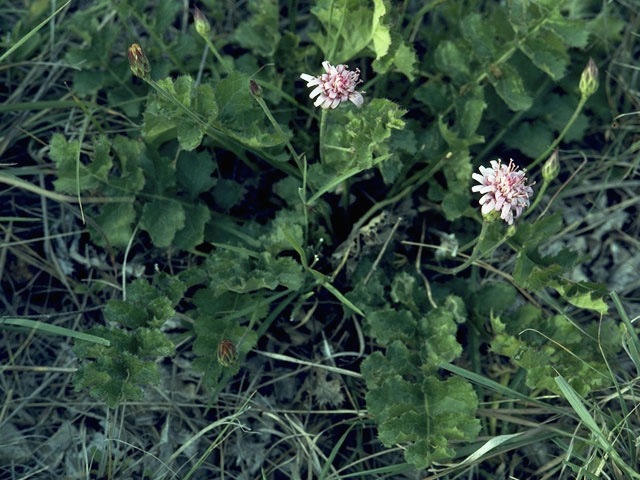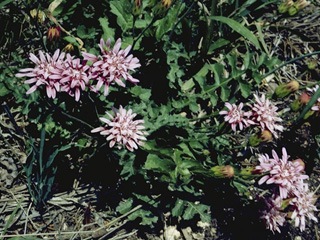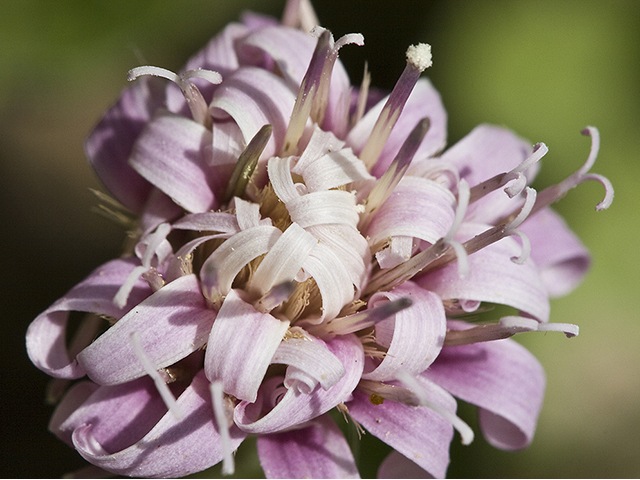Featherleaf Desertpeony
by CMG Kathleen S.
Peonies have been cultivated for centuries for their elegant and enchanting blooms. Claude Monet painted “Peony Garden” in 1887. The painting resides at the National Museum of Western Art in Tokyo, Japan. This is an appropriate location since the Sukagawa Peony Garden in Sukagawa, Fukushima alone boasts 290 varieties of peony plants. These peonies belong to the family Paeoniaceae.

Featherleaf desertpeony from wildflower.org
Texas has a “peony” that is a native plant and is called Featherleaf desertpeony, Acourtia runcinata. It is a member of the sunflower family, Asteraceae. Acourtia nana also known as a desertpeony, is another Texas native that is a dwarf variety and often mistaken for the Acourtia runcinata. Both plants are not true peonies.
The habitat for Acourtia runcinata and nana is rocky calcareous, sandy clay and gypsum soils in woodlands and desert scrub. Soil should be well drained and may consist of limestone gravel, sand or clay. Both plants grow as upright perennials to 12 inches tall. Both prefer deserts, arid plains and mesas. They are often found underneath the leaves of larger plants. The difference between the 2 species can be found in the appearance of their leaves. The leaves of Acourtia runcinata are deeply notched, elongated and prickly. While the leaves of Acourtia nana are shaped like holly leaves but also prickly. Both have the same form as dandelions.

Featherleaf desertpeony from wildflower.org
Their blooms are white to a pinkish lavender and appear from March to August. Butterflies love the blooms. Propagation is by seeds or cuttings. The flowers each yield a cypsela, a single seeded fruit that is hairy in appearance.
Scientific names are critical to avoid confusion and mistaken identities. The blooms of Acourtia runcinata, Acourtia nana and Paeoniaceae are quite similar in appearance. It’s only with the scientific name of plants that you correctly identify them and understand the plant’s growing requirements. Outside of these Texas natives, true peonies, Paeoniaceae, are not good choices for our Texas Hill Country gardens as most if not all require acidic soil and cold winters.
References: museum.org, en.japantravel.com, gardeningknowhow.com, npsot.org, southwestdesertflora.com
